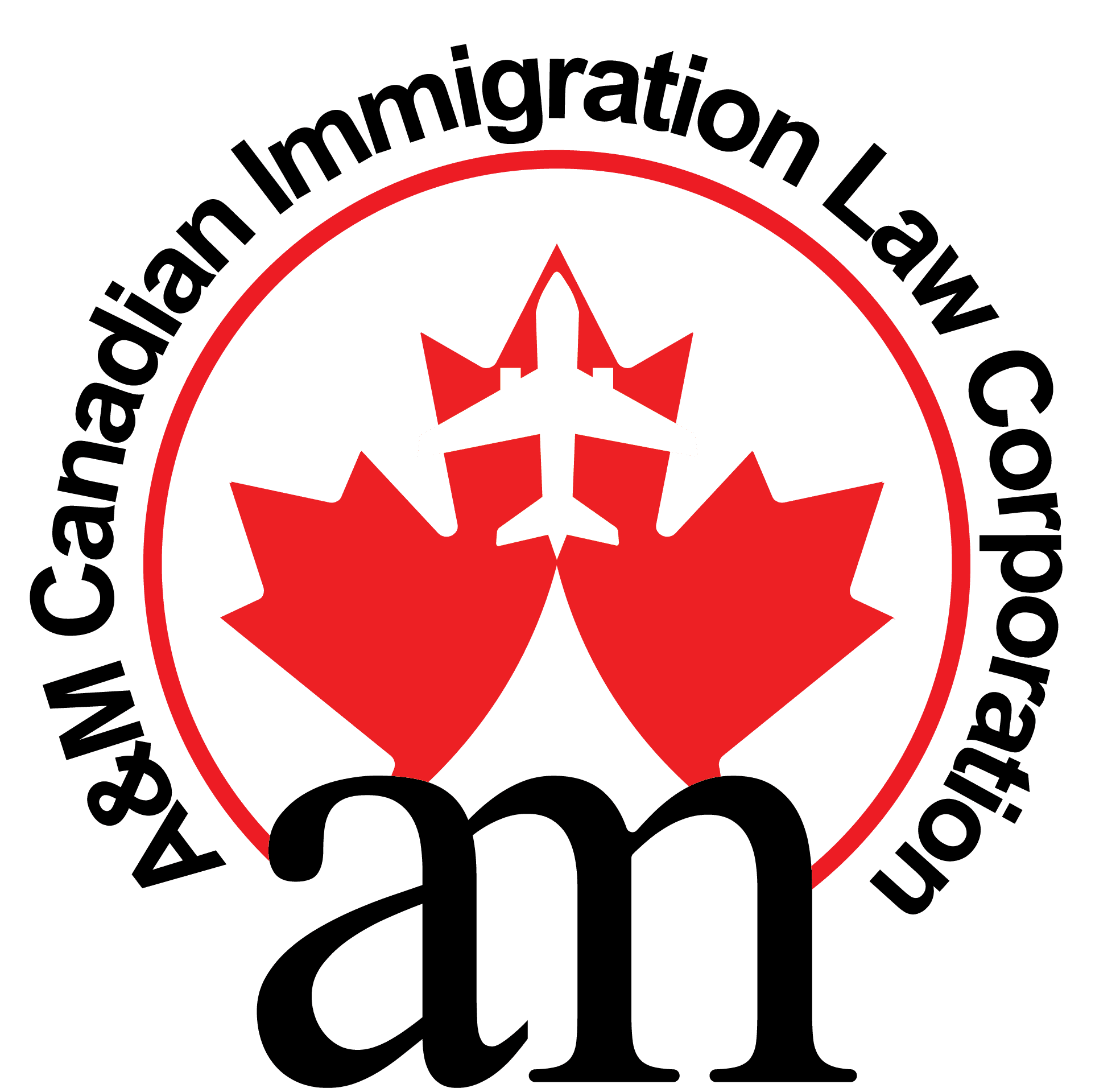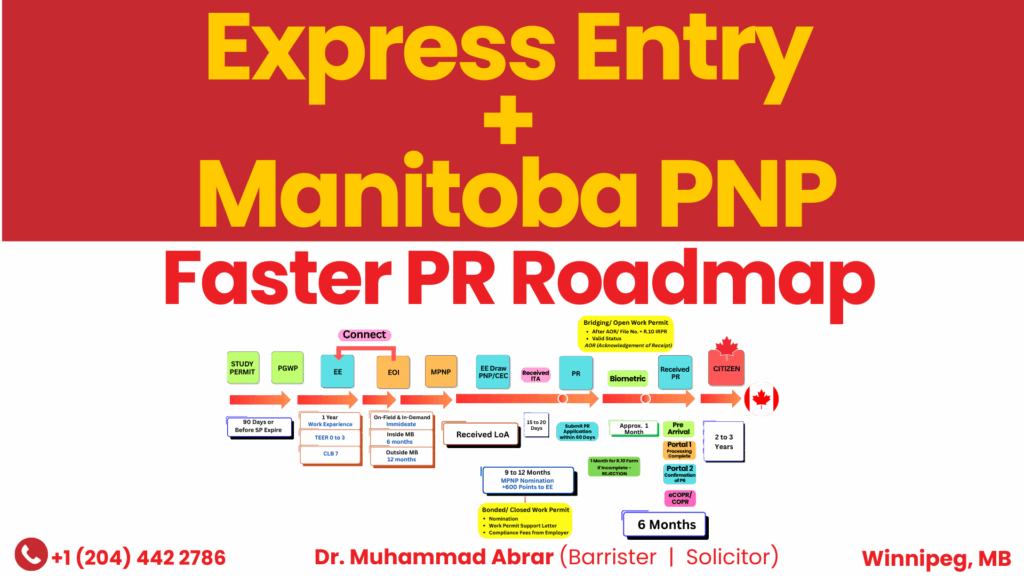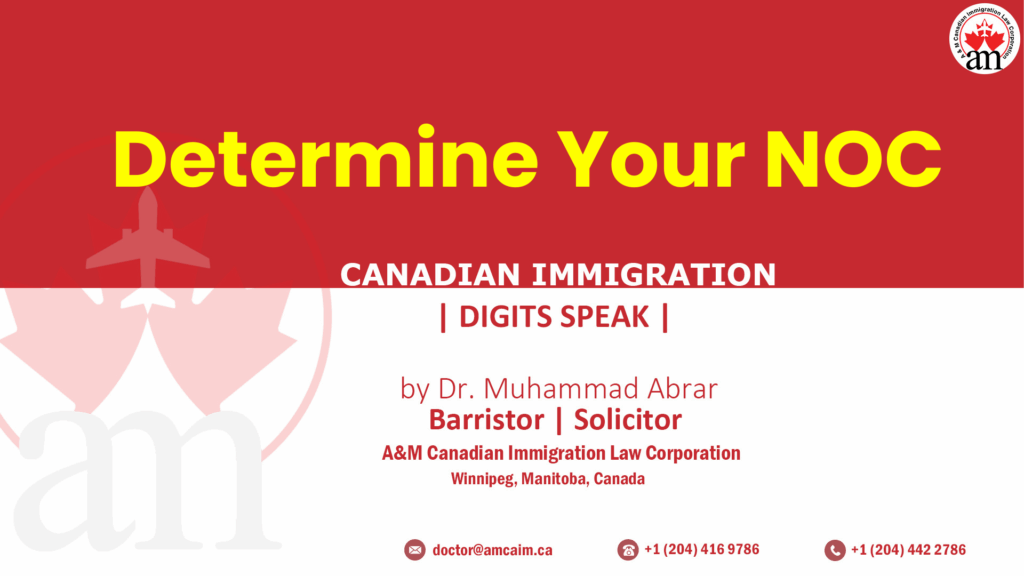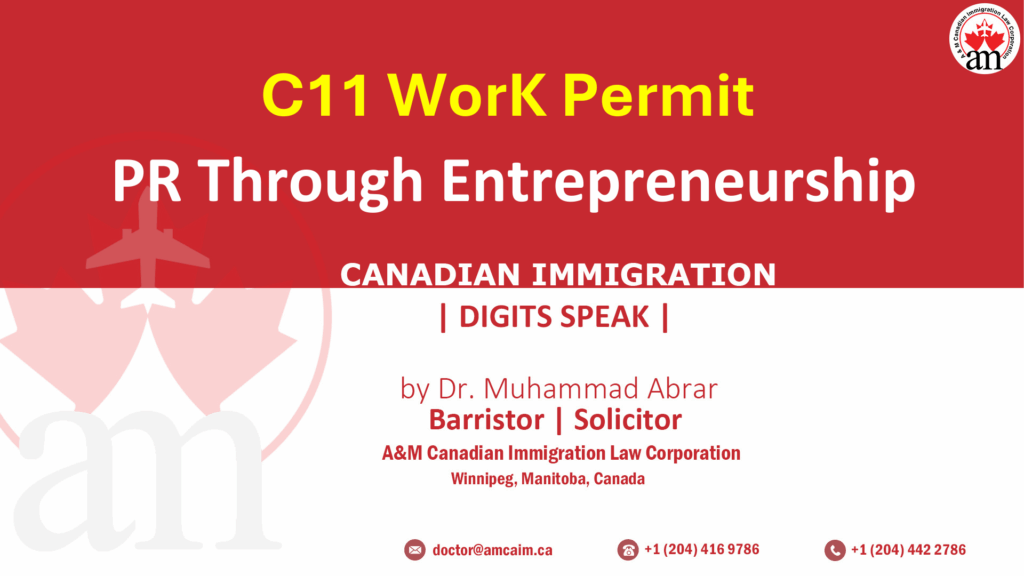
C11 Work Permit: Entrepreneur & Self-Employed Pathway to Canada
https://youtu.be/FlatvlDRnAk?si=FVjIQMJZL5MPT59x Canada offers unique pathways for entrepreneurs and self-employed individuals through the International Mobility Program (IMP). One such route is the C11 work permit, which allows eligible individuals to work in Canada without an LMIA, provided their business brings significant economic, social, or cultural benefits to the country. Purpose of the C11 Work Permit The C11 permit is designed primarily for: Entrepreneurs and self-employed individuals. Those intending to operate a business in Canada that will generate economic growth, social value, or cultural contributions. This work permit provides a strategic opportunity for international business owners to enter Canada and legally operate their enterprise while contributing positively to Canadian society. Eligibility Criteria To qualify for a C11 work permit, applicants must generally: Own a controlling interest (usually 50% or more) in the business. Demonstrate that the business will: Create jobs for Canadians or permanent residents. Transfer knowledge or skills to the Canadian market. Contribute to local or national development. Show proof of capability, including: A detailed business plan. Sufficient financial means to start and operate the business. Relevant experience or a track record of business success. LMIA Exemption The C11 work permit is issued under LMIA Exemption Code C11, allowing IRCC to approve your work permit without the traditional labor market assessment, streamlining the process for qualified entrepreneurs. This pathway is ideal for international entrepreneurs who are ready to invest in Canada and contribute significant benefits while securing a legal work permit. To understand if the C11 work permit is right for your business and to explore the application process safely, book your first free in-person consultation with an experienced Canadian immigration lawyer today.
